This headline (“The Greatest Easter Painting Ever Made“) piqued my curiosity so I went to the Crisis magazine website to see what the writer was talking about. When I saw the picture, I knew and believed because I have kept a copy of the exact same picture in my desk for years. The painting is by Eugène Burnand and is called “The Disciples Peter and John Running to the Sepulchre on the Morning of the Resurrection.”
It depicts the moments after St. Mary Magdalene has proclaimed to St. Peter and St. John (John 20: 1-10) that the Lord was not in the tomb. They run with haste and urgency to see for themselves what Mary proclaimed to them: “They have taken the Lord out of the tomb, and we do not know where they have laid him.”
Early on the first day of the week, while it was still dark, Mary Magdalene came to the tomb and saw that the stone had been removed from the tomb. So she ran and went to Simon Peter and the other disciple, the one whom Jesus loved, and said to them, “They have taken the Lord out of the tomb, and we do not know where they have laid him.” Then Peter and the other disciple set out and went toward the tomb. The two were running together, but the other disciple outran Peter and reached the tomb first. He bent down to look in and saw the linen wrappings lying there, but he did not go in.Then Simon Peter came, following him, and went into the tomb. He saw the linen wrappings lying there, and the cloth that had been on Jesus’ head, not lying with the linen wrappings but rolled up in a place by itself. Then the other disciple, who reached the tomb first, also went in, and he saw and believed; for as yet they did not understand the scripture, that he must rise from the dead. Then the disciples returned to their homes.
The author of the article, Elise Ehrhard, says: “Burnand created a sparse, simple painting capturing two of the most important players in the greatest story ever told. Meditate upon their faces as Burnand intended you to do and through them discover the empty tomb.”
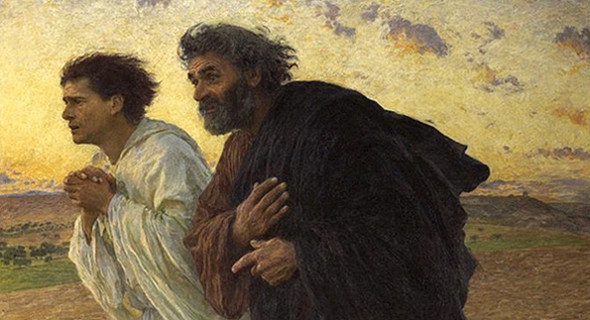
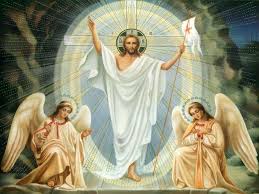
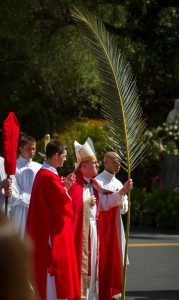
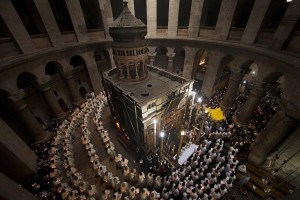

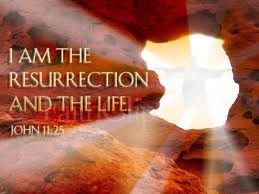
 Every year at Easter Wednesday Mass we hear St. Luke’s account of Our Lord’s appearance to the two disciples on the road to Emmaus.
Every year at Easter Wednesday Mass we hear St. Luke’s account of Our Lord’s appearance to the two disciples on the road to Emmaus.